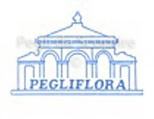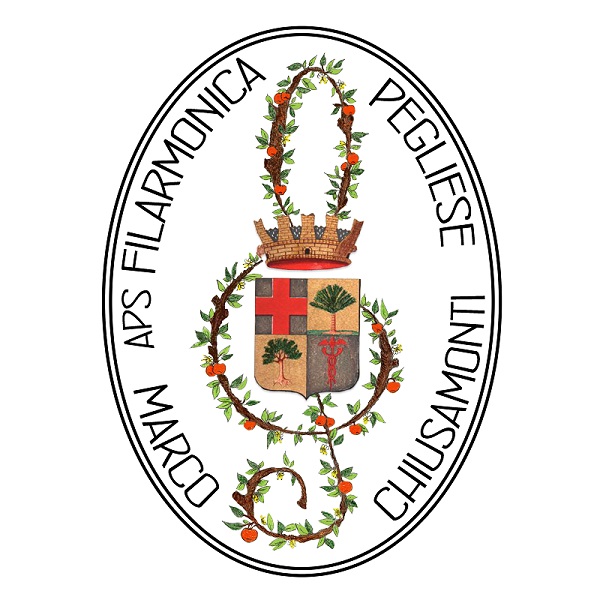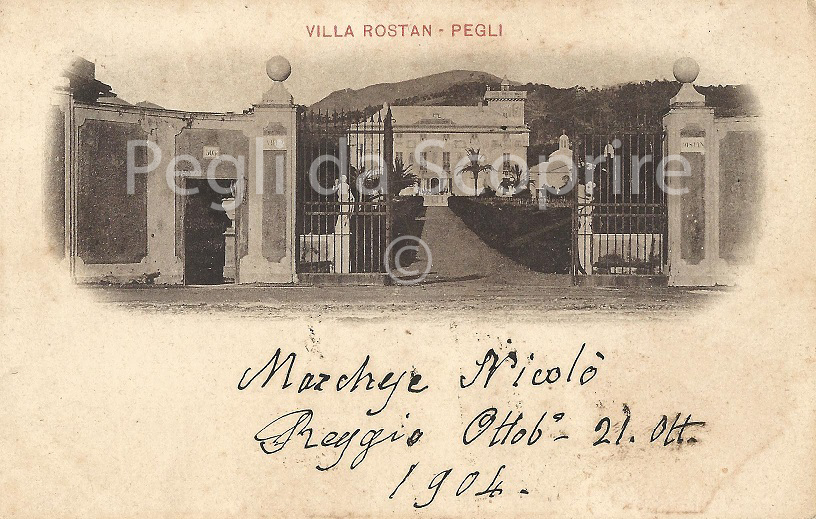SOGGIORNARE A PEGLI

VILLA LOMELLINI
ROSTAN
|
La Villa Lomellini Rostan è una
villa nobiliare situata nel quartiere di Multedo, a Genova.
Per la sua magnificenza e la bellezza dei suoi giardini,
prima che lo sviluppo industriale della seconda metà del
Novecento devastasse il territorio circostante, è stata un
importante punto di riferimento culturale e paesaggistico
per questa zona del ponente genovese. Il terreno dove venne
costruita la villa, venne acquistato tra il 1343 e il 1346
da Ansaldo Lomellini, ma solo nel 1564-1568 Angelo Lomellini
volle edificare il palazzo. Gli interni del palazzo sono
decorati da una serie di affreschi ad opera di Bernardo
Castello. Nel 1760-62 Agostino Pallavicini affida al
progettista E.A Tagliafichi la costruzione del giardino
"all’inglese" che diventa uno dei più belli e ammirati
d’Europa, al quale si ispireranno poi gli architetti di
Villa Pallavicini a Pegli. Sul lato orientale della villa
sorge la cappella realizzata da C. Sada da Bellagio nella
metà dell’800 inizialmente dedicata all’Immacolata e dalla
forma neoclassica, che viene poi dedicata a Filippo Neri.
Dopo i Lomellini ed i Pallavicini la villa passa per vie
ereditarie alla famiglia Rostan e successivamente, tramite
la discendenza di Elisa Reggio Rostan, ai Reggio. Sotto
quest’ultimi, tra la fine dell’800 e l’inizio del ‘900,
venne del tutto modificato il giardino. Durante il XIX
secolo la villa ha il suo periodo di massimo splendore,
essendo la meta di moltissime ed influenti personalità
italiane ed europee quali i Savoia, i duchi del Monferrato,
i regnanti del Portogallo e i duchi d’Aosta, come ci ricorda
una lapide commemorativa posta all’ingresso della villa, nel
1896. Nel 1978 subì un incendio che portò a una necessaria
opera di restauro. Sempre alla fine del secolo scorso risale
la nascita del primo campo da calcio, intitolato a Pio XII.
Ad oggi, è in corso il progetto di spostamento dei depositi
petroliferi prospicenti alla villa. Lo spazio ritrovato
potrebbe essere destinato al recupero di parte del giardino. "Villa Lomellini Rostan" is a noble palace located in Multedo near Pegli. Due to its magnificence and the beauty of its gardens, it was an important cultural and landscape reference point for this area of western Genoa before the industrial development of the second half of the twentieth century devastated the surrounding territory.The land on which the palace was built was purchased between 1343 and 1346 by Ansaldo Lomellini, but only between 1564-1568 Angelo Lomellini decided to build the palace. The interiors of the palace are decorated with a series of frescoes by Bernardo Castello. In 1760-62, Agostino Pallavicini commissioned to E.A. Tagliafichi the construction of the "English" garden, which became one of the most beautiful and admired in Europe. The architects of "Villa Pallavicini" in Pegli were later inspired by it. On the eastern side of the palace stands the chapel in neoclassical style built by C. Sada da Bellagio in the mid-1800s, initially dedicated to the Immaculate Conception and later to Filippo Neri. After the Lomellini and Pallavicini families, the palace passed by inheritance to the Rostan family and subsequently, through the descendants of Elisa Reggio Rostan, to the Reggio family. Between the end of the 19th century and the beginning of the 20th century, the garden was completely modified. During the 19th century, the palace had its period of maximum splendor, being the destination of many Italian and European personalities such as the Savoia, the Dukes of Monferrato, the rulers of Portugal and the Dukes of Aosta, as a commemorative headstone placed at the entrance of the palace in 1896 reminds us. In 1978, it suffered a fire that led to a necessary restoration work. The first football field, named after Pius XII, also dates back to the end of the last century. Today, there is a project for the relocation of the chemical depots in front of the palace. The space recovered could be used to restore part of the garden. Approfondimenti |




